Open Shelves vs Wall Cabinets - Which is Best for Your Kitchen?
Last updated 30th April, 2025
Designing kitchens without wall cabinets is popular right now, but is it right for your kitchen? While it leans towards the minimalist aesthetic, the practicality of having no upper wall cabinets should be considered.
Below, kitchen design expert Jessica Evans at PriceYourJob.co.uk discusses the different aspects of open shelves versus wall cabinets to help you decide what is best for your kitchen.
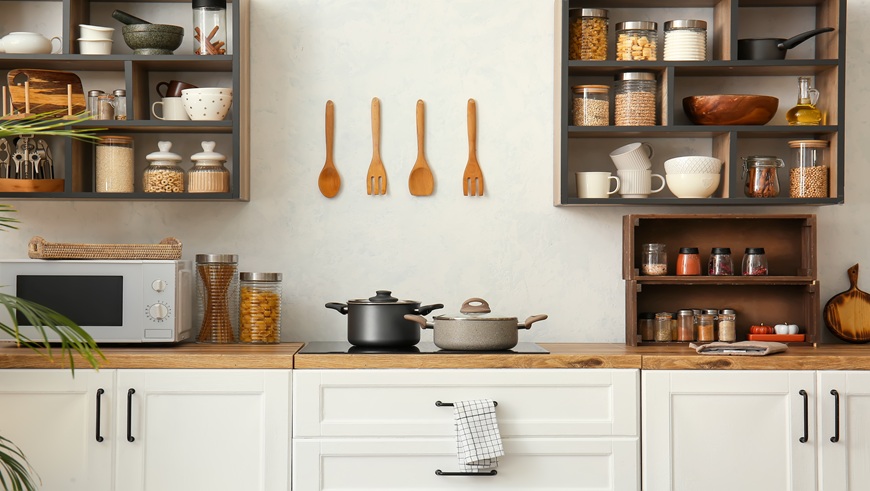
Style and Size of Kitchen
Perhaps the first thing to consider is whether the style of your kitchen will suit open shelves. Luckily, most kitchen styles lend themselves to the inclusion of open shelving. Whether your kitchen is rustic, industrial or minimalist, open shelves will work.
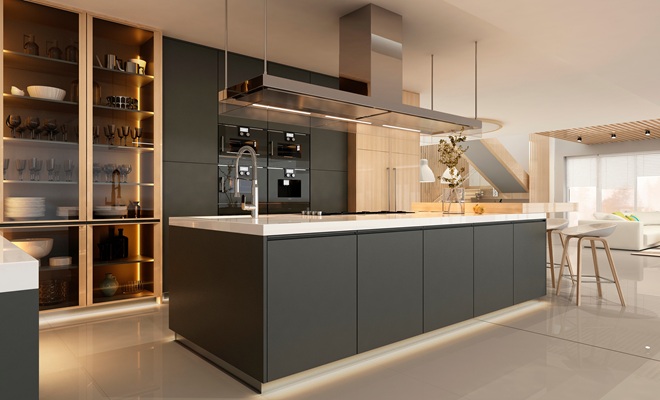
Think about replacing your wall cabinets with a feature backsplash. Introducing a design element like this can transform your kitchen. However, it is also true that a lack of wall cabinets can leave some kitchens looking too empty and sparse.
The size of your kitchen is perhaps an even more important consideration. A small galley kitchen can feel oppressive with wall cabinets on either side. Replacing these with open shelving can open up the room, giving it a feeling of space and providing more natural light. Just make sure that you have enough storage within your base cabinets and drawers.
Practicality
One of the strongest arguments against open shelving is practicality. We tend to store a lot of items in wall cabinets that don't really suit being displayed on open shelving. This includes food items, kitchen utensils and equipment. These are not things you would choose to have on show, but nevertheless, you need to live somewhere.
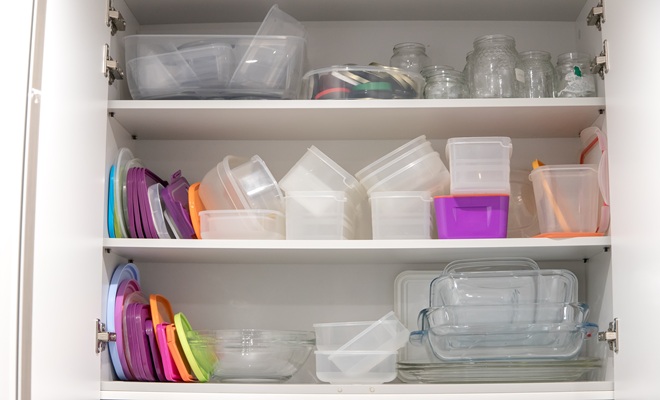
An argument for the practicality of open shelving versus wall cabinets is the ability to reach items in the top part of the cabinets. Many people are not tall enough to reach this high and need to use steps to reach items inside, particularly at the back. Finding items is easier with open shelving as everything is visible and accessible.
Cost
There is no doubt that if you don't include wall cabinets in your kitchen, you will save money. You could use this money to treat yourself to a luxury item you may not otherwise have been able to afford, such as a new coffee machine or boiling water tap.
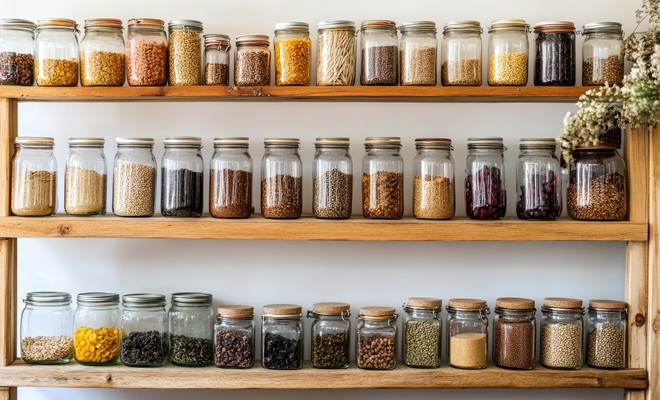
Shelving is also much cheaper and can be installed as a DIY project. You can even reuse some timber you have lying around for this type of project.
Cleaning
A major disadvantage of open shelving is the amount of extra cleaning you will have to do. There is no protection from dust, dirt and grease for items on open shelves. Unfortunately, it’s inevitable that your beautifully curated kitchen will require a lot more attention to keep it looking the way you want.
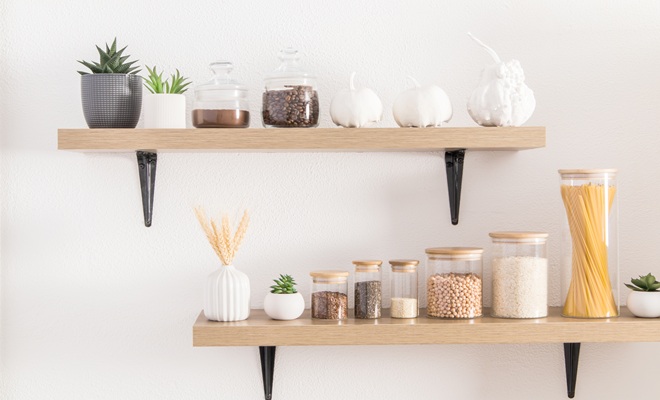
If you can't fit all your foodstuffs in other cabinets, you will have to invest in some attractive storage jars to place on your open shelves. This is going to add to your costs and can make your shelves look too cluttered. As a result, you will need to be more organised. Again, this is adding to the amount of attention your kitchen will need.
Aesthetics
One of the main attractions of having open shelving is the aesthetic that it provides. It gives the feeling of an airy space with a minimalist vibe. The lack of wall cabinets can also increase the amount of natural light getting into your kitchen.
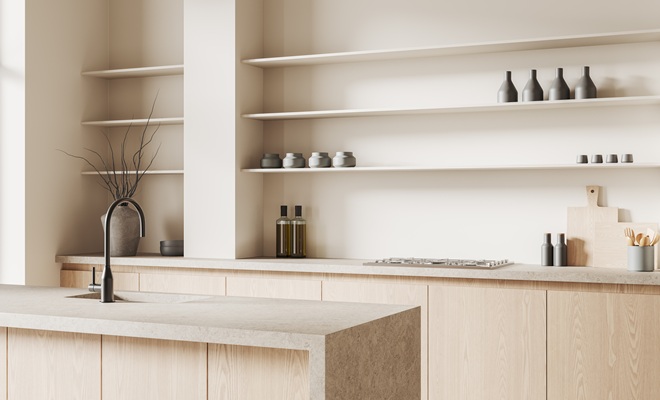
Having shelves rather than cabinets in the kitchen allows you to show off your personality and style. You can display your nicest china or glassware. Alternatively, you can place artwork, plants or knick knacks on your shelving to personalise the space.
Storage Space
Not having wall cabinets can also help you to reduce unnecessary clutter. Whereas with cabinets, you can simply close the door and forget about the mess inside, but open shelves don't let you do this.
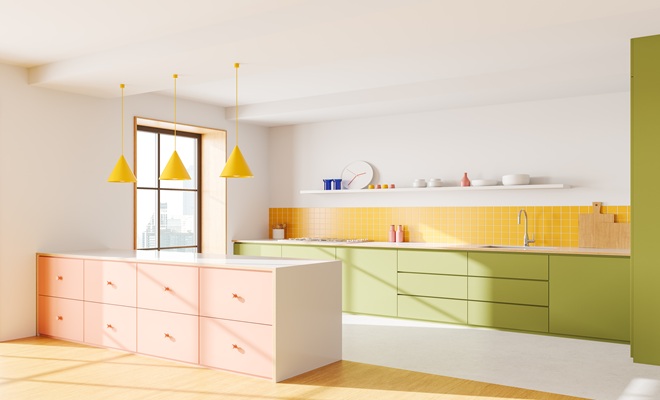
You will have less storage space with shelves, but this could be a good thing. Many of us don't even know what we keep in our kitchen cabinets unless we make a conscious effort to declutter. Introducing open shelving to your kitchen could be the catalyst that you need for a clear-out.
Function
One of the often overlooked aspects of wall cabinets is the number of items that they can safely hold. In contrast, shelves and, most importantly, floating shelves have a weight limit.
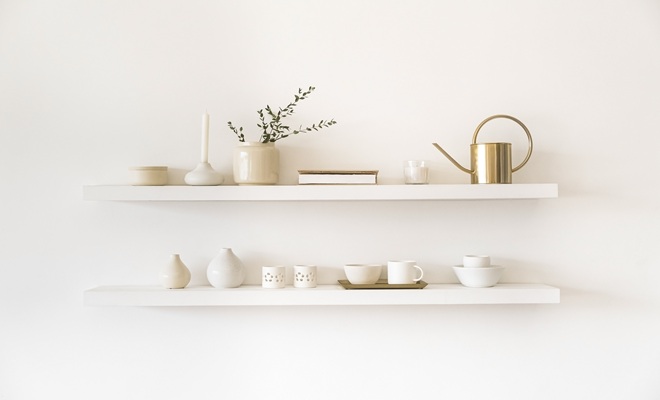
If you do inadvertently overload a shelf, it can start to dip down at the front as the support struggles, and things may slide off. This can result in you losing a lot of your dishes, glassware or storage jars.
Organisation
Before you decide to ditch your wall cabinets forever, consider the organisation of your kitchen. Make sure you have enough base cabinets and drawers for plates, dishes, food items, pots and pans.
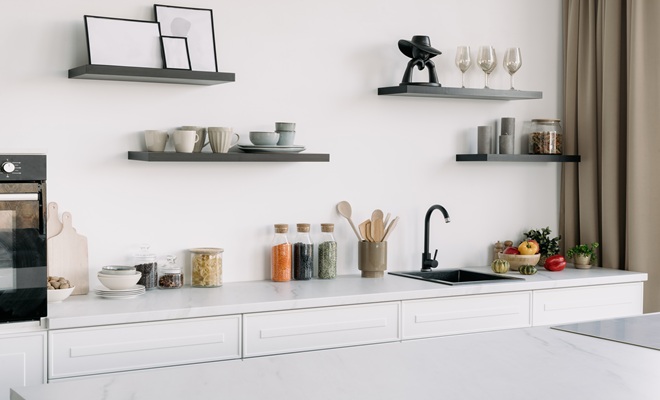
You should also think about where these things are within the working zone and in relation to daily tasks. You don't want to end up with an Instagram-worthy kitchen that is impractical to work in.
Alternatives to open shelves
Open shelves are not the only alternative to wall cabinets if you are determined to get rid of them. Tall larder cabinets, a walk-in pantry or a separate utility room all provide storage while keeping your kitchen walls free.
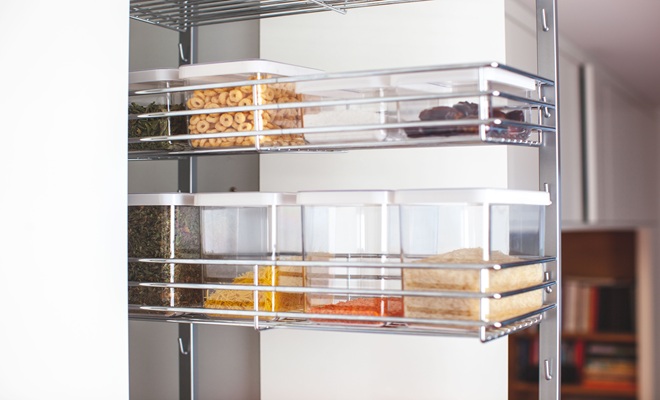
Or you can compromise and have a combination of some wall cabinets and some shelving. This way, you are not sacrificing as much storage, but you can still be on trend and display items you want on show.
A new and upcoming variation on a theme is the countertop ledge. This is made from the same material as your worktop and sits on top of a backsplash made of the same material.
However, these ledges vary in depth, often depending on how they’re fixed, and may not be as functional as an open shelf.
Other options include hanging rails, either traditional styles or more contemporary, to produce a working kitchen vibe, such as having all your pots and pans on show.
As with any style and design choice in your home, the final decision of whether open shelving or wall cabinets are better for your kitchen is up to you. Consider the practical, organisational, functional and financial aspects as well as the aesthetics before making a decision.








